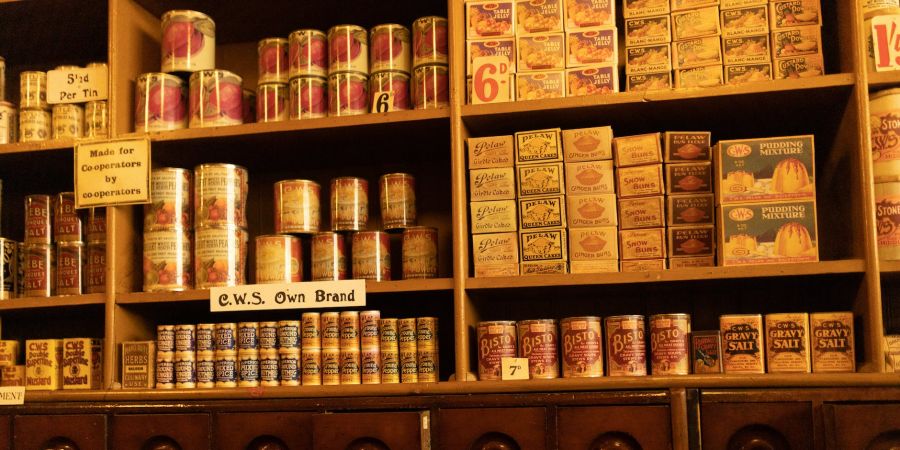

Nanotechnology has many potential applications in food packaging that can help to improve food safety, extend shelf life, and reduce waste. Here are some examples:
Antimicrobial coatings: Nanoparticles such as silver or titanium dioxide can be incorporated into food packaging materials to create antimicrobial coatings that help to prevent the growth of bacteria and fungi on the surface of the packaging. This can help to extend the shelf life of packaged food and reduce the risk of foodborne illness.
Oxygen barriers: Nanoparticles such as graphene or clay can be used to create a barrier layer in food packaging that prevents oxygen from entering the package. This can help to preserve the freshness of food and extend its shelf life.
Smart packaging: Nanosensors can be incorporated into food packaging materials to create smart packaging that can monitor the quality and safety of the food inside the package. For example, nanosensors can detect the presence of harmful pathogens or spoilage products and alert consumers if the food is no longer safe to eat.
Biodegradable packaging: Nanoparticles such as cellulose or chitosan can be used to create biodegradable food packaging materials that break down more easily in the environment than traditional plastic packaging. This can help to reduce the amount of plastic waste generated by the food packaging industry.
Barrier coatings: Nanoparticles can be used to create barrier coatings that help to prevent the migration of unwanted substances into or out of food packaging. For example, nanoparticles such as silica or alumina can be used to create a barrier that prevents the migration of chemicals such as bisphenol A (BPA) from plastic packaging into food.
Temperature sensors: Nanosensors can be incorporated into food packaging materials to create temperature-sensitive packaging that can indicate if the food has been stored at an unsafe temperature. This can help to prevent food spoilage and reduce the risk of foodborne illness.
Flavor and aroma barriers: Nanoparticles can be used to create packaging materials that prevent the migration of flavors or aromas from one food product to another. This can be useful for packaging products with strong odors or flavors, such as coffee or spices.
UV-blocking coatings: Nanoparticles such as zinc oxide or titanium dioxide can be used to create coatings that block UV light from reaching food, which can help to prevent the degradation of certain nutrients or compounds in the food.
Labeling: Nanoparticles can be used to create labels or markings on food packaging that are invisible to the naked eye, but can be read using specialized equipment. This can help to prevent counterfeiting or tampering with food products.
It's important to note that while nanotechnology has the potential to improve food packaging in many ways, there are also concerns about the safety and environmental impact of nanomaterials. Researchers are actively studying these issues to ensure that the benefits of nanotechnology in food packaging outweigh any potential risks.
